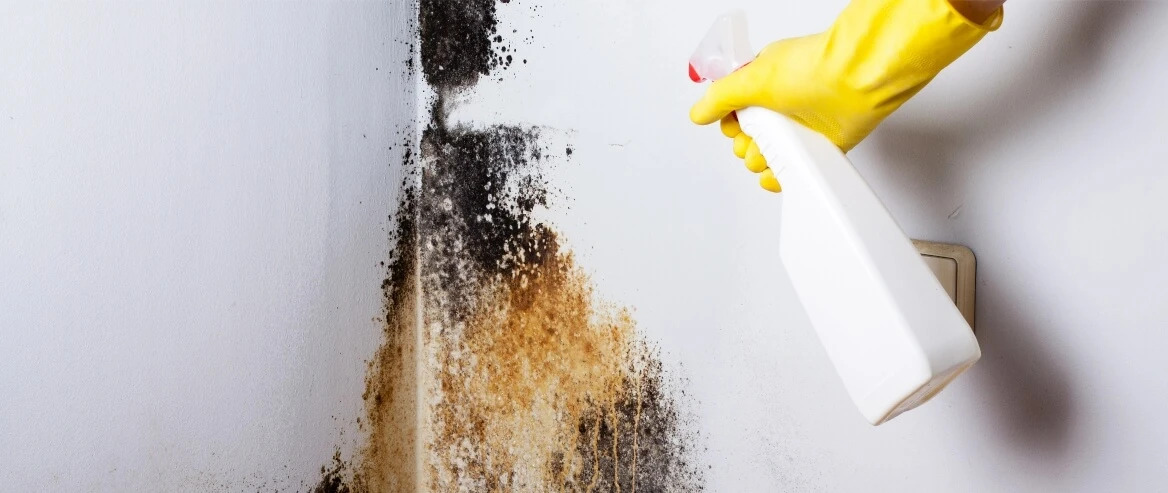The 6 Worst Mould Hotspots in Your Home
Published on Oct 28, 2022
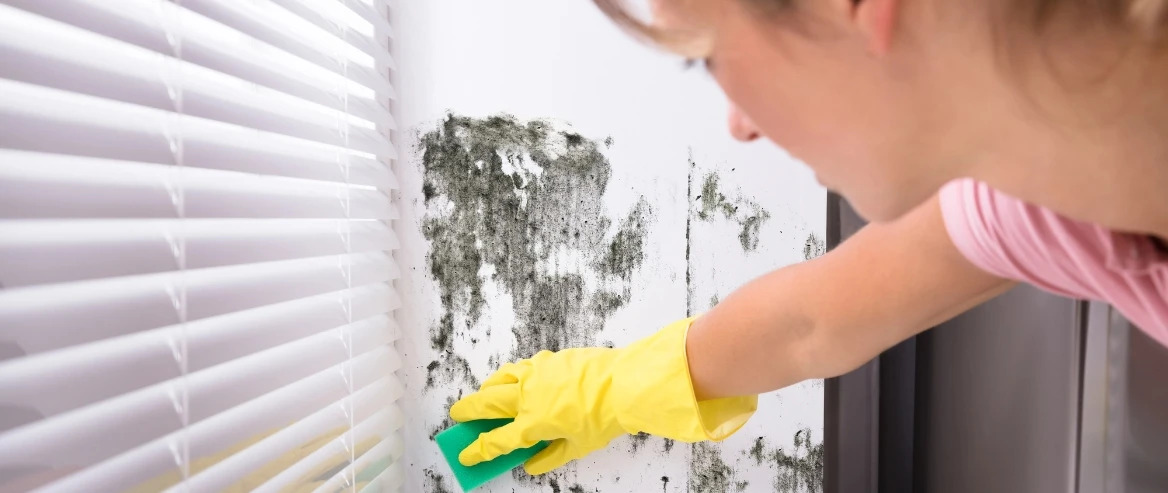
Mould is the stuff of nightmares. It looks ugly, is notoriously tough to get rid of, and is known to trigger a number of health issues.
So where does mould grow around your home?
While there are the usual suspects, like the bathroom shower, you might be surprised by some of the other areas around the home you should be paying attention to.
Here are six spots around the home you may find the mould monster hiding out.
6 Mould Hotspots in Your Home and How to Keep Them Mould-Free
Chances are if it is an area that gets wet and/or is poorly ventilated, it’s prone to mould.
It can be hard to discover where it may be hiding but if there is moisture, there is likely mould. We explain why and offer some preventative measures below.

1. Shower and bath
Where does mould grow the most in your home? Mould loves your bathroom. Poor ventilation combined with moisture creates the perfect storm for mould spores to spurt their toxicity into the air. Those long, hot showers create condensation and heat – without proper ventilation, that’s an open invitation for mould to come into your home.
How to prevent mould growth in the bathroom
-
Use exhaust fans where available and leave them running for 10 minutes after your shower.
-
Open windows and doors as much as possible.
-
Use a squeegee after your shower to remove excess water. This will stop hard water stains from forming.

2. Bathroom and kitchen grout
Our technicians have seen a lot of mould-laden grout. This problem is generally caused when you use too much water to clean your floors. Porous grout soaks up the excess water, creating a moist environment for mould and bacteria to prosper.
-
Use minimal water when cleaning your tiles – we recommend a spray mop. Your floors should be dry a minute or so after you mop them.
-
Use a baking soda and water paste on your grout lines, let it sit for half an hour, and scrub away. Baking soda will remove some of the moisture that encourages mould growth but doesn’t penetrate deeply enough to be highly effective. Check out the full mould grout cleaner recipe.
-
A 1:1 mix of vinegar will work well on mould; however, we recommend it only be used on sealed grout lines. Avoid getting the mixture on the tiles themselves if they are natural stones, as vinegar’s acidity can etch over time.
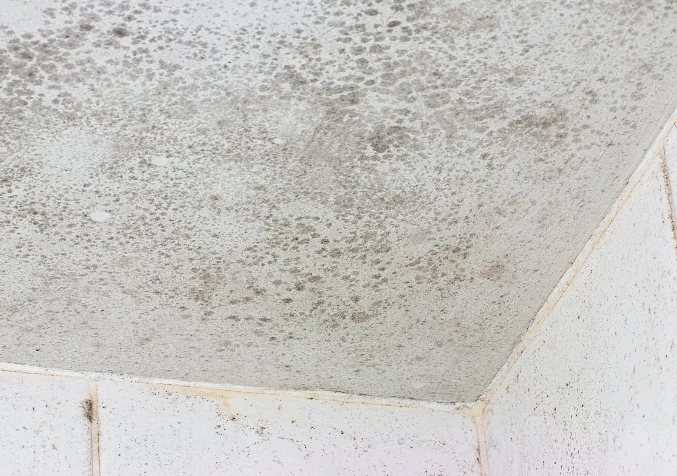
3. Ceiling corners and cupboards
This problem is usually caused by insufficient insulation or rain that has snuck through the roof. Combine that with darkness and restricted ventilation and you’ve got the recipe for mould! Make sure you're moving high cupboards as well; you'd be surprised how much mould could be hiding up there.
-
Use a dehumidifier or air conditioner (set on the water droplet mode) to reduce humidity.
-
Damp-Rid is helpful in smaller areas like cupboards.
-
Use a towel to regularly dry the condensation you find on the walls and windows.
-
Open up dark cupboards and windows often to let ventilation in. This will greatly help reduce the moisture in the air.
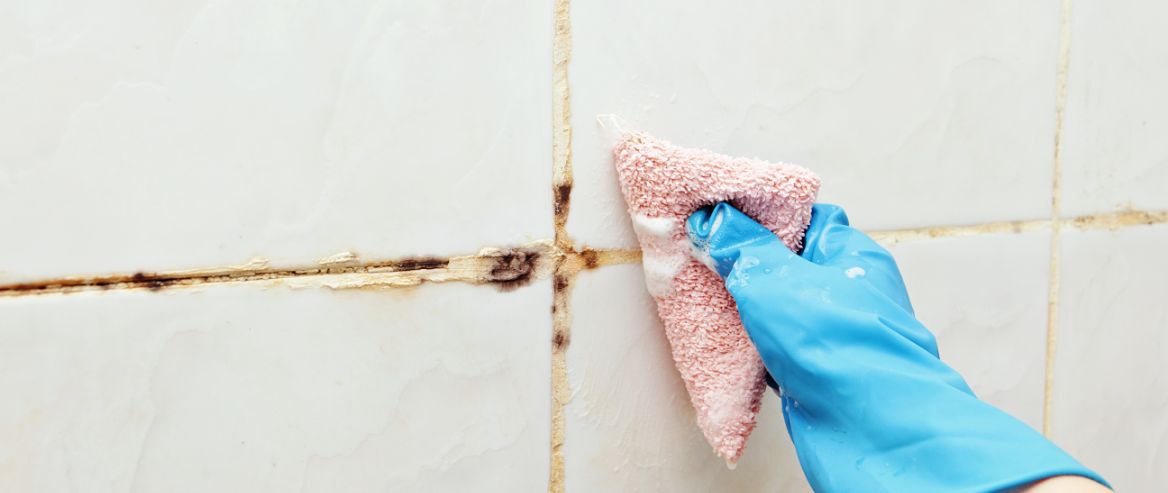
RECOMMENDED READING
The Ultimate Guide to Preventing and Removing Mould in Your Home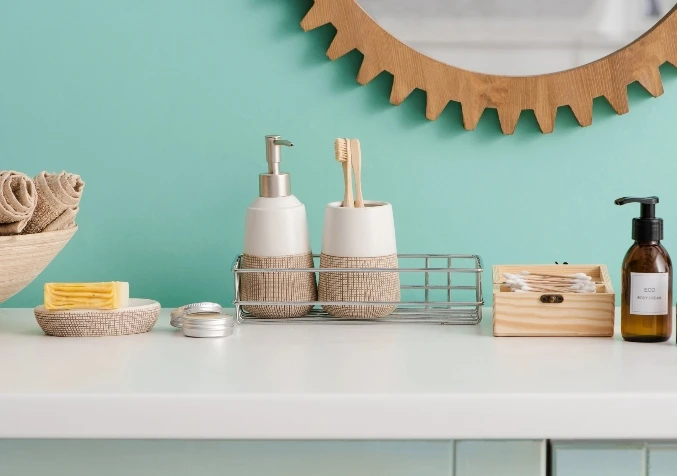
4. Bathroom items
Your bath and shower are where mould grows too. It makes sense that the items we use while showering or bathing would be prone to association.
Pay special attention to items like the bottoms of shampoo bottles, bath toys, and toothbrush holders.
-
Wipe down bottles and soap dishes during your next clean, paying special attention to the base.
-
Every 2 weeks sterilise bath toys with boiling water and vinegar. Replace squirt toys often.
-
Replace or wash loofahs, washcloths, and bathmats regularly.
-
Put your toothbrush holder through the dishwasher fortnightly. The last thing you want is mould at the bottom of the holder you place your toothbrushes in, especially considering the brush goes straight into your mouth!

5. Everywhere in the kitchen (including the kitchen sink)
Where does mould grow in the kitchen?
Food in the pantry or fridge that has expired may cause mould, while cooking can generate condensation and humidity, elements conducive to mould growth.
The kitchen sink is also highly susceptible, particularly if there are leaky pipes underneath, filthy sponges or pieces of cloth cloths regularly left in the sink, or dirty dishes piled up.
-
Keep benchtops and floors clean and dry.
-
Turn on an exhaust fan or open a window when cooking.
-
Keep on top of dirty dishes.
-
Clean out the inside of your fridge regularly, ensuring that you spray and wipe all surfaces and crevices. Remove any expired perishables.

6. The Garage
Whether it is water leaks or rain from your car, your garage is very prone to mould. It is generally damp in your garage with little ventilation and often an area where water may be standing for long periods of time. It is something most people don't look for or something that can get hidden by storage boxes, old tools, or machinery.
- Use a dehumidifier to keep moisture levels low. This is particularly useful if you know your garage space is susceptible.
- Try to use waterproof or mildew-resistant paint for the walls in your garage.
- Let in sunlight and ventilation, where possible.
How do professionals treat mould?
Professionals such as Electrodry Mould Cleaning know where mould grows in your home.
Our technicians have undergone accredited training and utilise specialised equipment to measure the moisture in the environment and ascertain where the mould is growing behind your walls for more effective treatment.
A professional mould remediator will also treat the airborne mould spores that mould emits, which can make you unwell when inhaled.
Contact the Electrodry team on 13 27 13, visit our website to learn more about our mould cleaning services, or book online.


